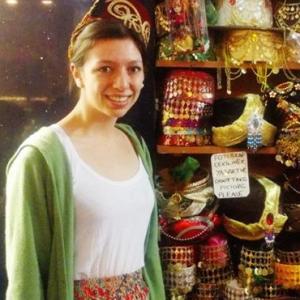Tbilisi may once have been a nondescript Soviet capital but that is changing fast. A number of new restaurants, galleries and boutique hotels have opened recently, as well as renovated architectural sites and even a unique open air museum of ethnography. Here we present our guide to this little-known city.
Why go?
Tbilisi lies along the weaving river Mtkvari and right at the foothills of the Trialeti mountain range. Enjoy its dramatic hillside surroundings, leafy boulevards and picturesque Old Town. Follow the footsteps of traders and travellers to what was once one of the greatest multicultural trading cities along the Silk Road, a popular stop off for its warm sulphur baths, which you can still dip in today. Last but far from least, go to feast on Georgian cuisine and guzzle the oldest wine in the world.
Hit the streets
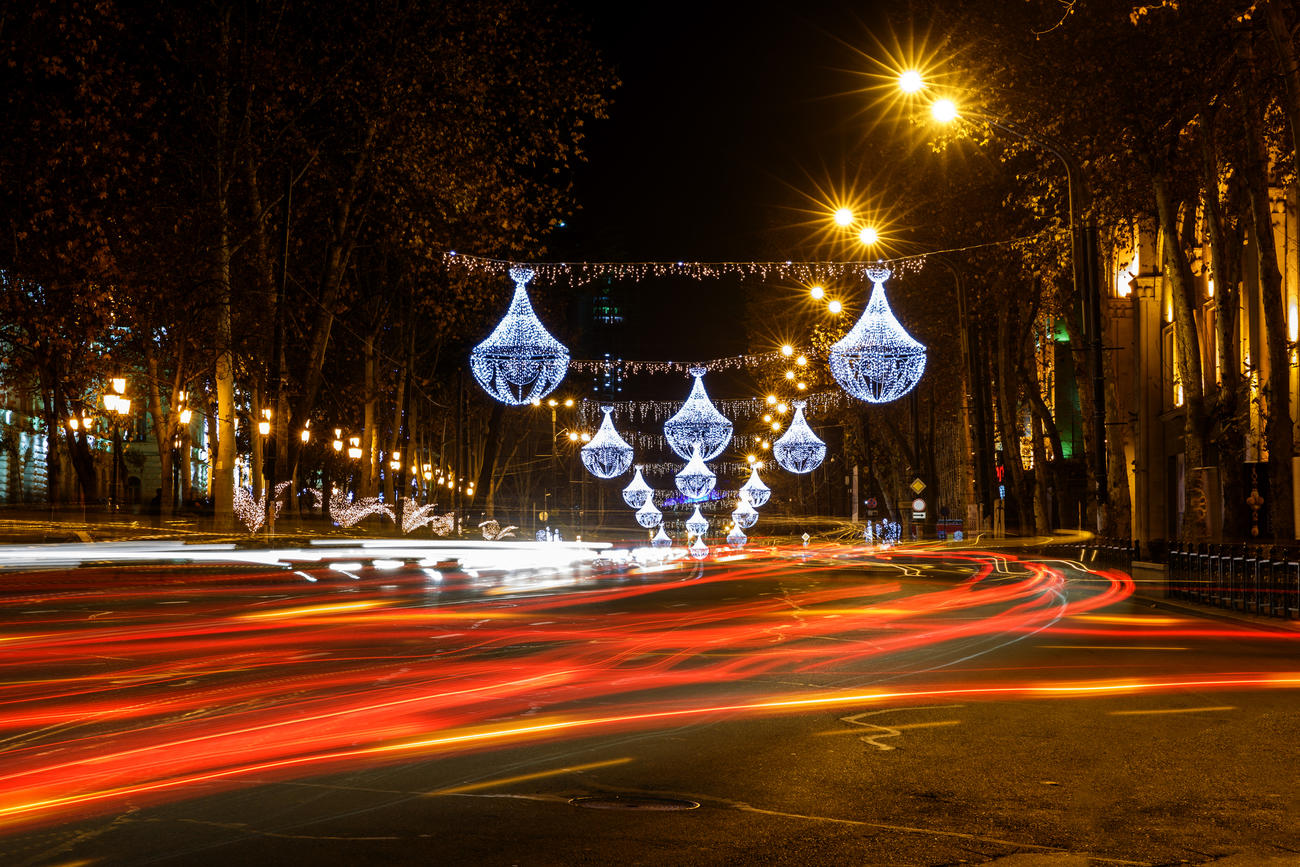
Tbilisi’s central street is Rustaveli Avenue, named after the medieval Georgian poet. For a city that has been destroyed and rebuilt twenty nine times, the layout of the Old Town remains incredibly intact. Wander the narrow streets with wooden houses and overhanging balconies, crossing the river back and forth on old bridges.
Lunch
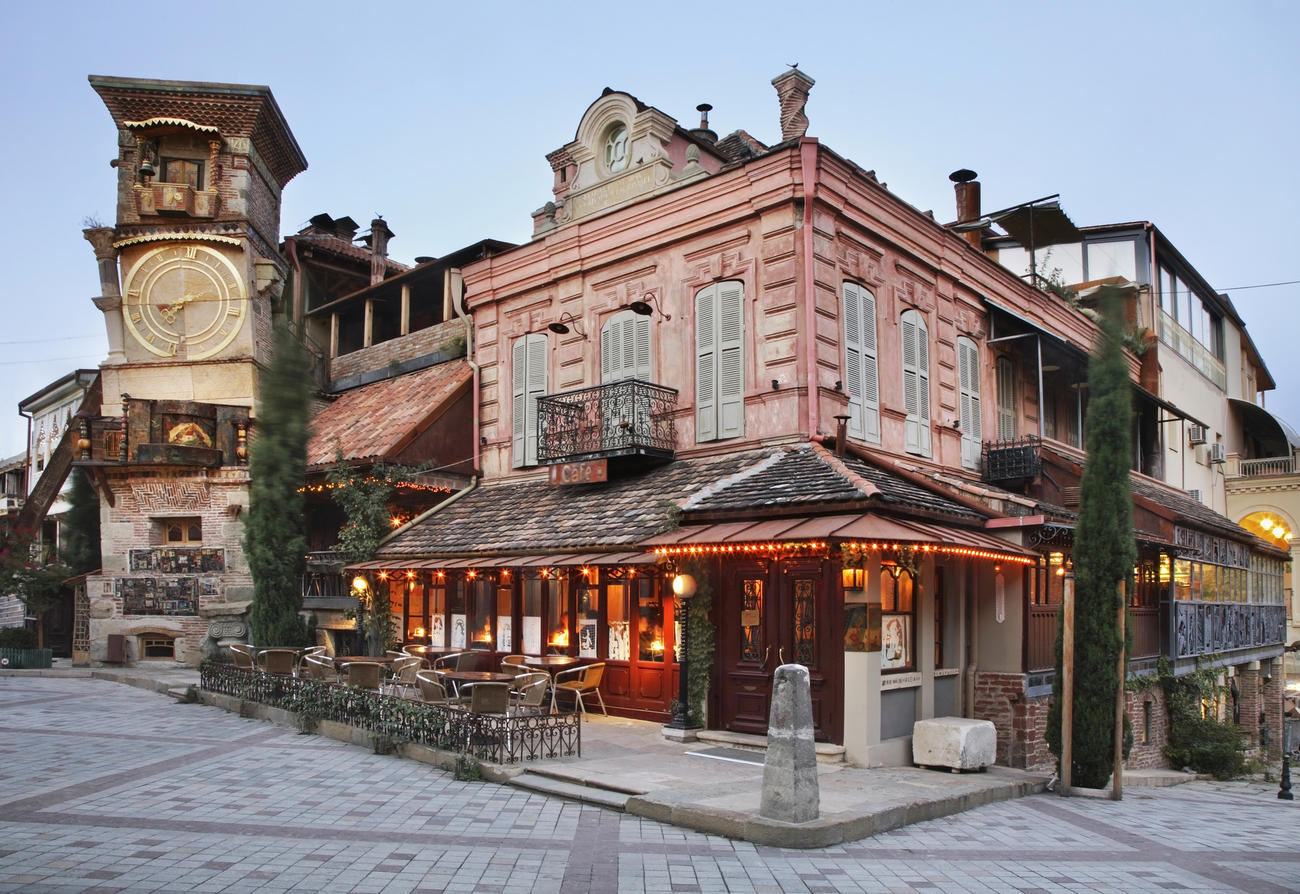
Gabriadze Theatre Café in the historical part of the city is a great place to enjoy local dishes, or stop off for tea and pastries during the afternoon. Artist, actor, screenwriter and puppeteer Revaz “Rezo” Gabriadze designed every element of the theatre, right down to the labels on the wine bottles, and painted the chairs and tables with scenes from his most accomplished films.
Must-sees
Narikala Fortress
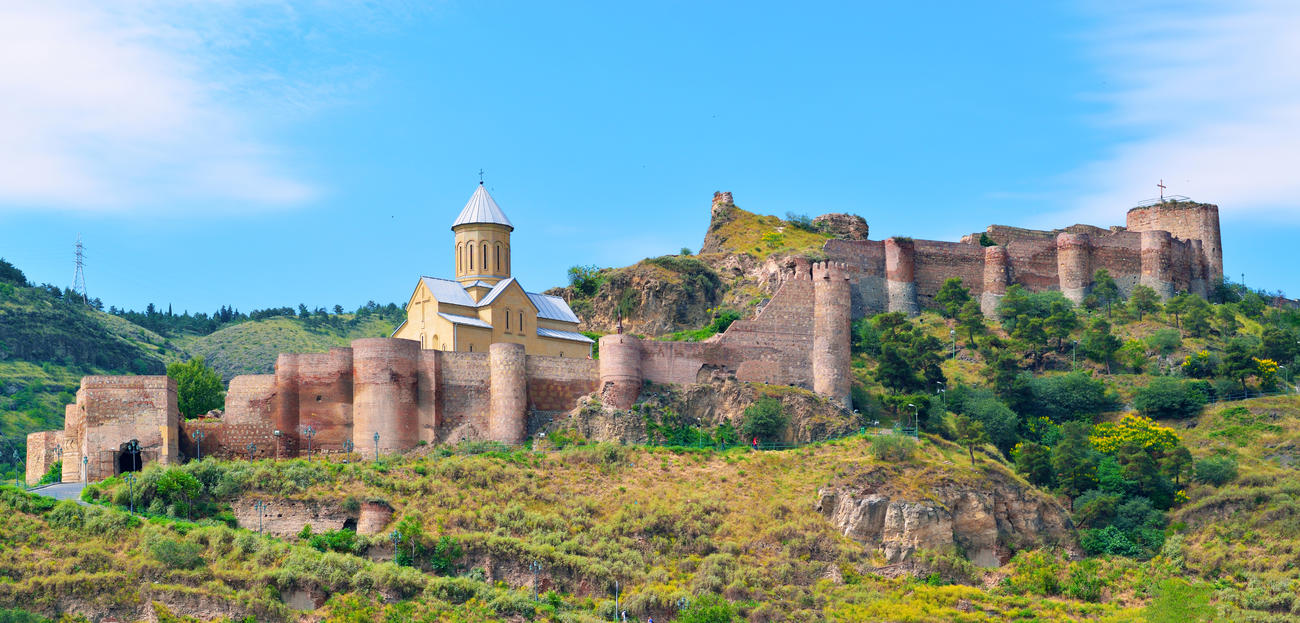
Narikala, also called the mother fortress of Tbilisi, was established in the 4th century and then considerably expanded by the Arabs during the 7th and 8th centuries, who built the Emir’s palace within its walls. The fortress was damaged in an earthquake in the 19th century but renovated again in 1996. The ruins and botanical gardens provide some of the best panoramic views of the city.
Sioni Cathedral
The cathedral has been destroyed and rebuilt so many times since it was built in the 6th and 7th centuries that it is hard to keep track of which part dates to when. The sacred cross of St Nino can be found here, which legend says is made from vine branches bound with Saint Nino’s own hair.
Metekhi Church
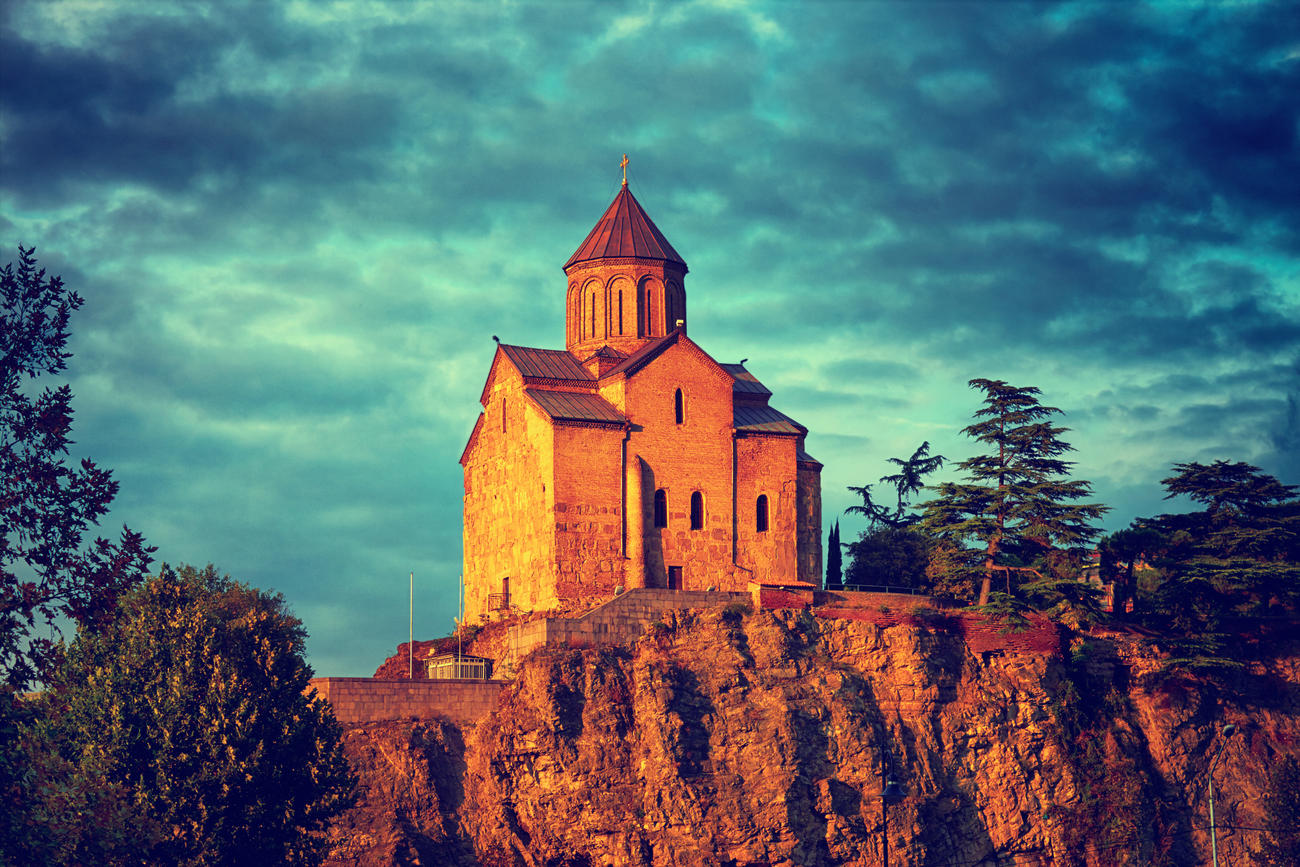
Built in the 13th century by a Georgian king, the Metekhi Church or The Church of Assumption is a rather unusual example of a domed Georgian Orthodox church. Also damaged and repaired several times, King Rostom fortified the church with some 3000 soldiers during the 17th century and under Russian rule the church was used as a barracks.
Kashveti Church
Standing on an old pagan ritual spot and opposite Parliament, the Kashveti Church is supposed to have been built in the 6th century by one of the ascetic ‘Syrian fathers’ who returned from the Middle East to spread Christianity in Georgia. According to another legend, a nun accused him of impregnating her and he replied that if this were true, she’d give birth to a baby and if not, to a state, which is what happened. Accordingly, Kashveti means “Stone Birth”.
The Great Synagogue was built by Jews who moved from small southwestern Georgian city Akhaltsikhe to the capital at the turn of the 19th century.
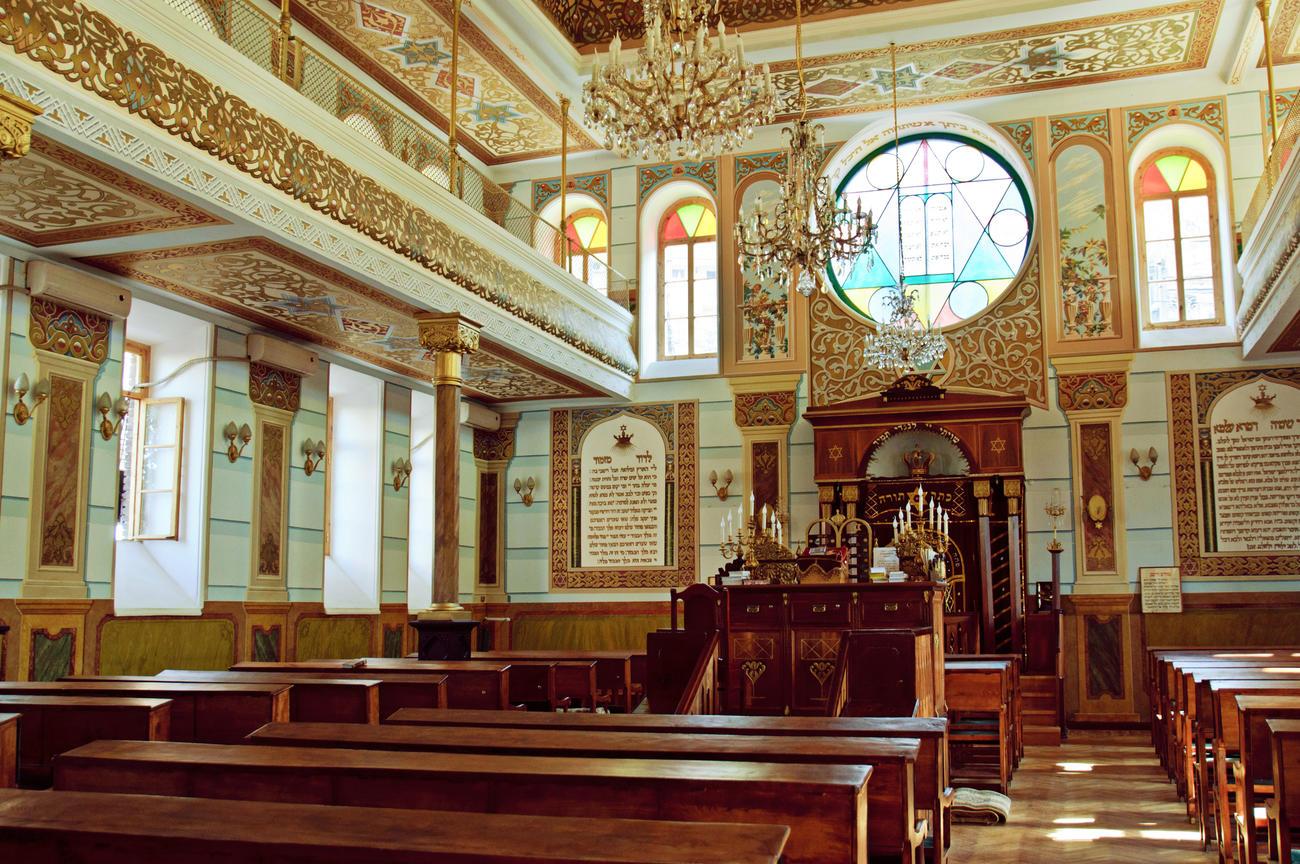
Anchiskhati Basilica is the oldest surviving church in the city, belonging to the Georgian Orthodox Church dating back to the 6th century. Whilst the Holy Trinity Cathedral or Sameba is the largest religious building in the whole of the South Caucasus and one of the largest Orthodox churches in the world.
Things to do
Sulphur Baths
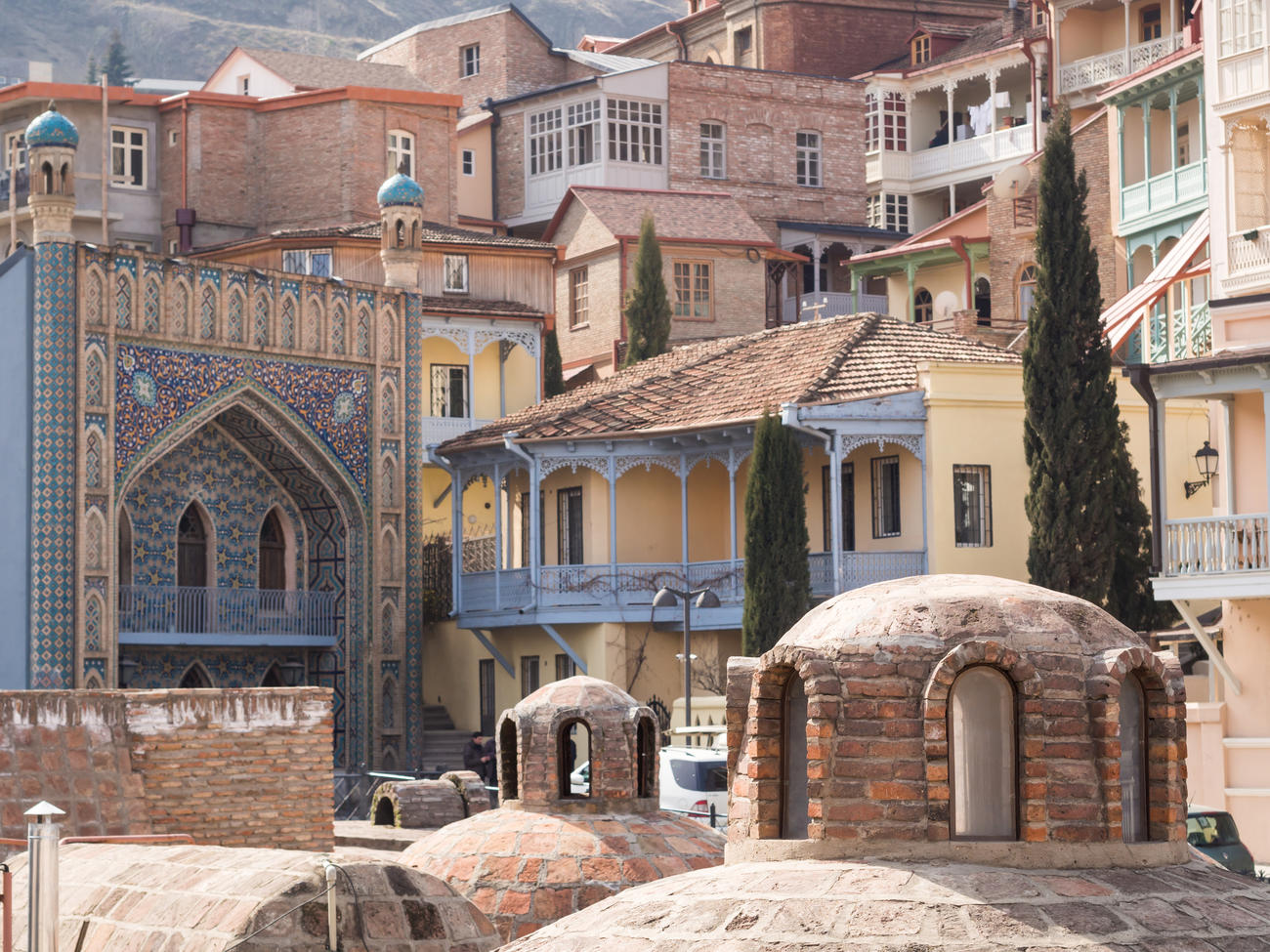
Considering Tbilisi itself means ‘hot water’, the city’s baths are a must-visit. The social hub of the city, the famed sulphur baths are in the Abonotubani region, south side of the Metekhi bridge, recognisable by small ground level domes. At the height of the Silk Road there were 63 in the city, today there are 5. During the Russian Empire, Pushkin and French writer Alexander Dumas were among the bathers, Dumas calling it the best bath he’d ever had.
Museum of Georgia
Georgia’s national museum holds an impressive Archaeological Treasury. The collection of gold, silver and precious stone-work from burials in the ancient kingdom is the same stash from which Jason got his golden fleece.
Open Air Museum of Ethnography
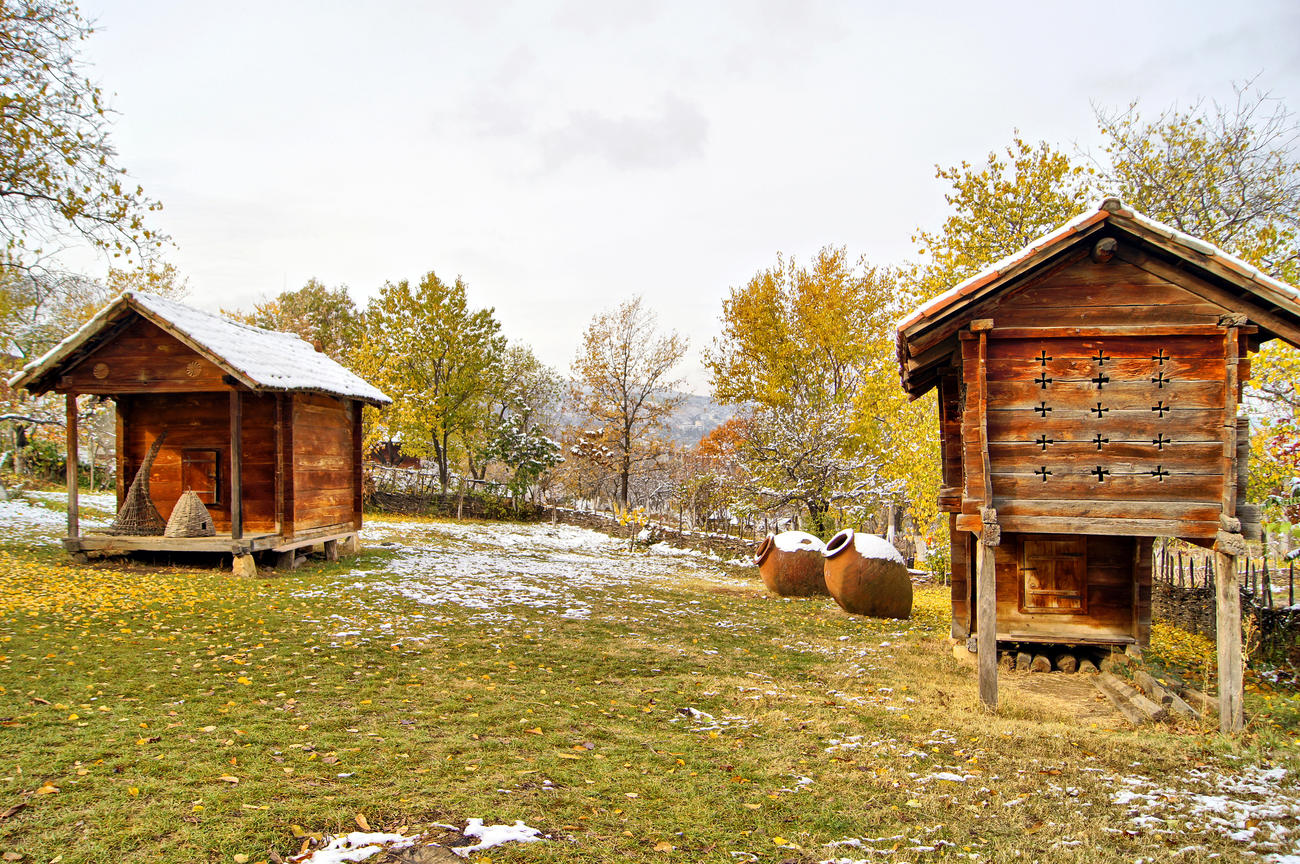
70 houses and thrift buildings, mostly wooden houses characteristic of the various regions of Georgia, alongside 8000 household crafts and devices are displayed over a wooded hillside.
We also recommend seeing some opera at the newly reopened Tbilisi Opera and Ballet Theatre on Freedom Square. Pedal boat or Swim on Turtle Lake (Kus Tba) on the city’s hilly outskirts of Tbilisi or for more remote mountain scenery venture further out to Lake Lisi (Lisis Tba). Or take a spin on the ferris wheel and ride rollercoasters at Mtatsminda Amusement Park, known as TV antenna park because of the 210 metre high TV mast that tops the mountain and overlooks the city.
Shopping
Dry Bridge Flea Market
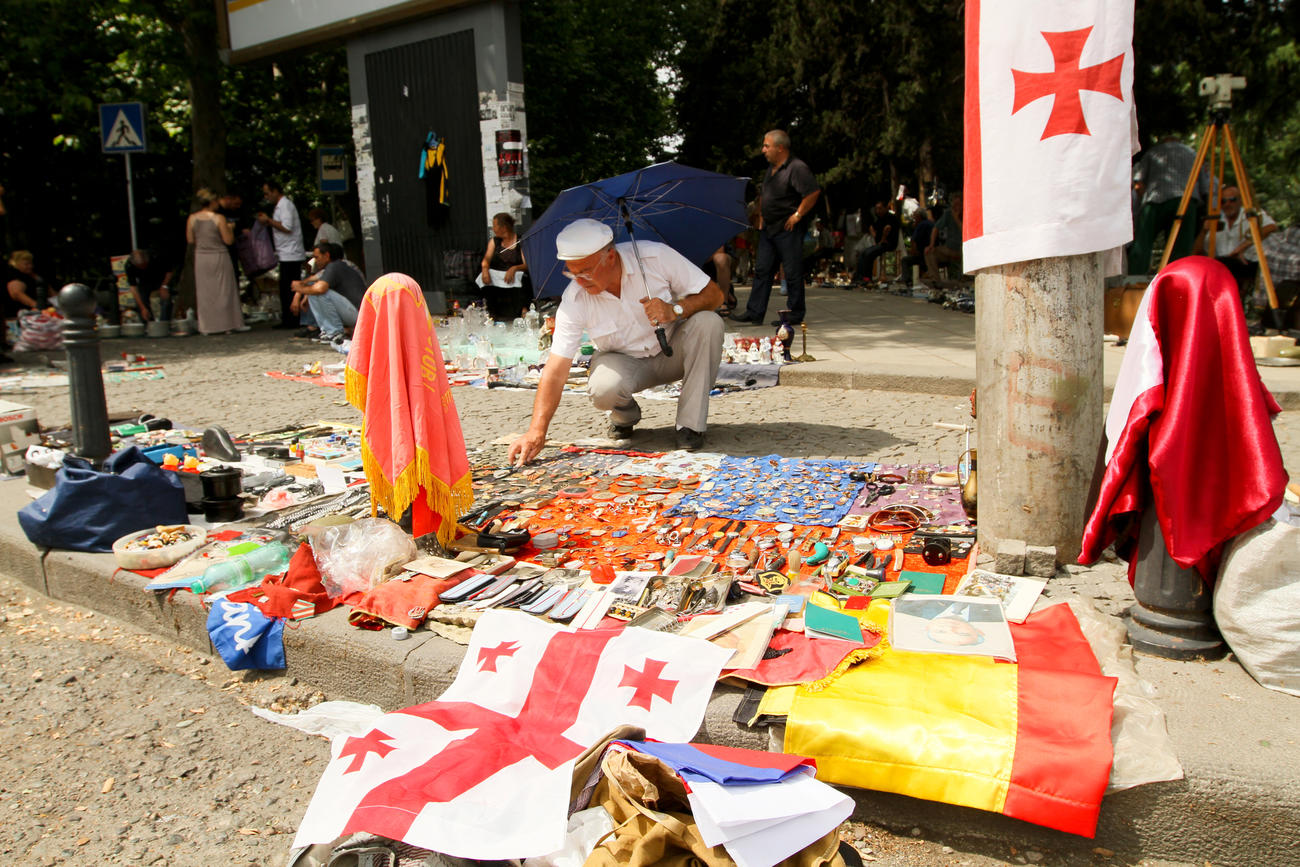
Located in the Old Town, 20 minutes from Freedom Square, this is a unique souvenir shopping experience. Find vintage cameras, Soviet kitsch, military medals, oil paintings and so much more. Be sure to meet legendary stall holder 'Nana' whilst you're there, for her famed stories, smile and sweet tangerines.
Dinner
In the Shadow of Metekhi
Wild Frontiers MD Jonny Bealby is a huge Georgia fan, and he sniffed out this restaurant on one of his many visits to the country. In the Shadow of Metekhi offers traditional Georgian cuisine in a museum style restaurant, this Tbilisi gem has a selection of dining rooms to choose from. Inspired by the play of the same name, sitting in the main hall is the best place to watch fiery Georgian dances and live singing, but you can also opt to sit in smaller dining rooms for a more intimate experience. For ultimate views of the river and the old town, warm evenings can be spent on the balcony which has a large terrace space. All kinds of Georgian food are on offer including the infamous Khachapuri breads, aubergines, fresh fish, delicious meats including veal ribs and, of course, a great Georgian wine selection. Best of all are the prices – a full meal including wine is approximately £20 per person.
Sleep
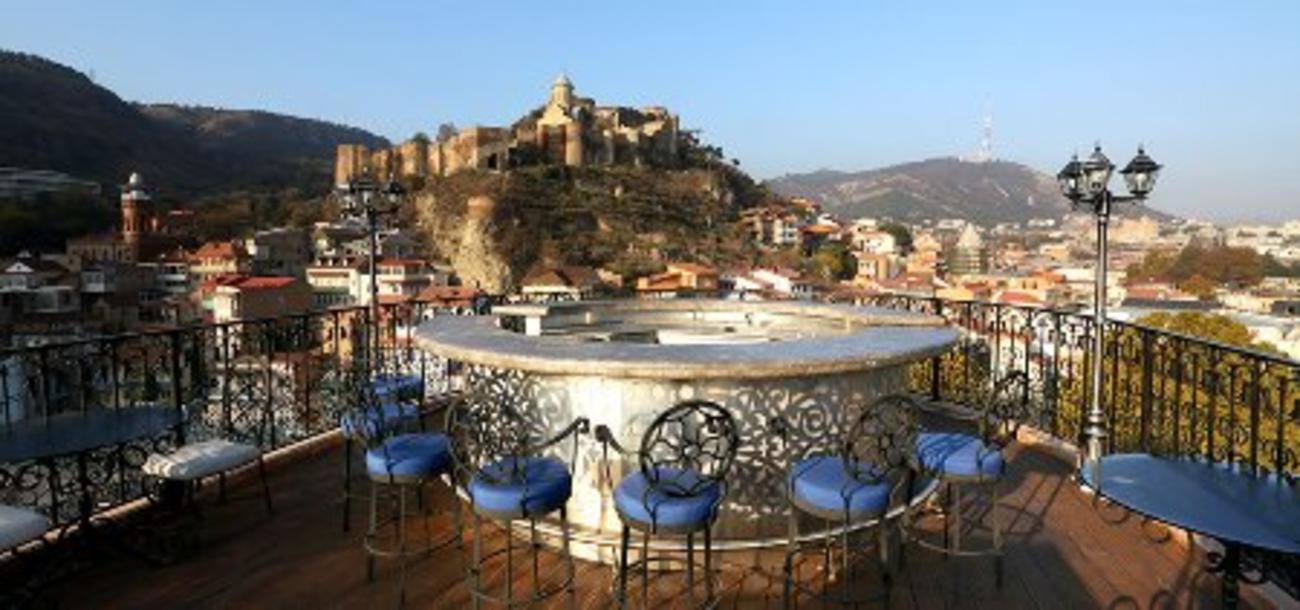
The city has some very lovely boutique hotels. A smaller stunner is Tiflis Palace, stay in spacious modern rooms, enjoy the on-site spa and gaze out at the picturesque Old Town from the roof top bar.
Insider tip
Prospero’s Books and Caliban’s Coffee: Hidden in a courtyard off Rustaveli Avenue and ran by writer and journalist Peter Nasmyth, this café bookshop probably holds the widest selection of English books in the Caucasus and is filled with backpackers and ex-pats catching up with international newspapers over good coffee.
Quick Facts
Population: Roughly 1.5 million citizens; a quarter of Georgians live in the capital.
Language: Georgian
Currency: Georgian Lari. 1 GEL divides into 100 tetri. USD are also widely accepted.
Time Zone: GMT+4
Direct flight time from London: 6 h 40 min
Best time to visit? Spring or autumn. Summer is pleasant too but can get pretty hot.
Visas: Visa not required for UK passport holders.
Brief history:
It’s hard to condense a history for a city that has experienced quite so much. But Tbilisi's birth story is one swathed in legend. Established in 479 AD by King Vakhtang Gorgasali, legend says he shot a pheasant while out hunting which fell into a warm spring and was either boiled in one telling, or healed, in another (probably the version for the kids at bedtime). Either way, the king was inspired to found a city right on that site.
To learn more, here is some Recommended Reading:
Stories I stole from Georgia by Wendell Steavenson
Caucasus: A Journey to the Land between Christianity and Islam by Nicholas Griffin
